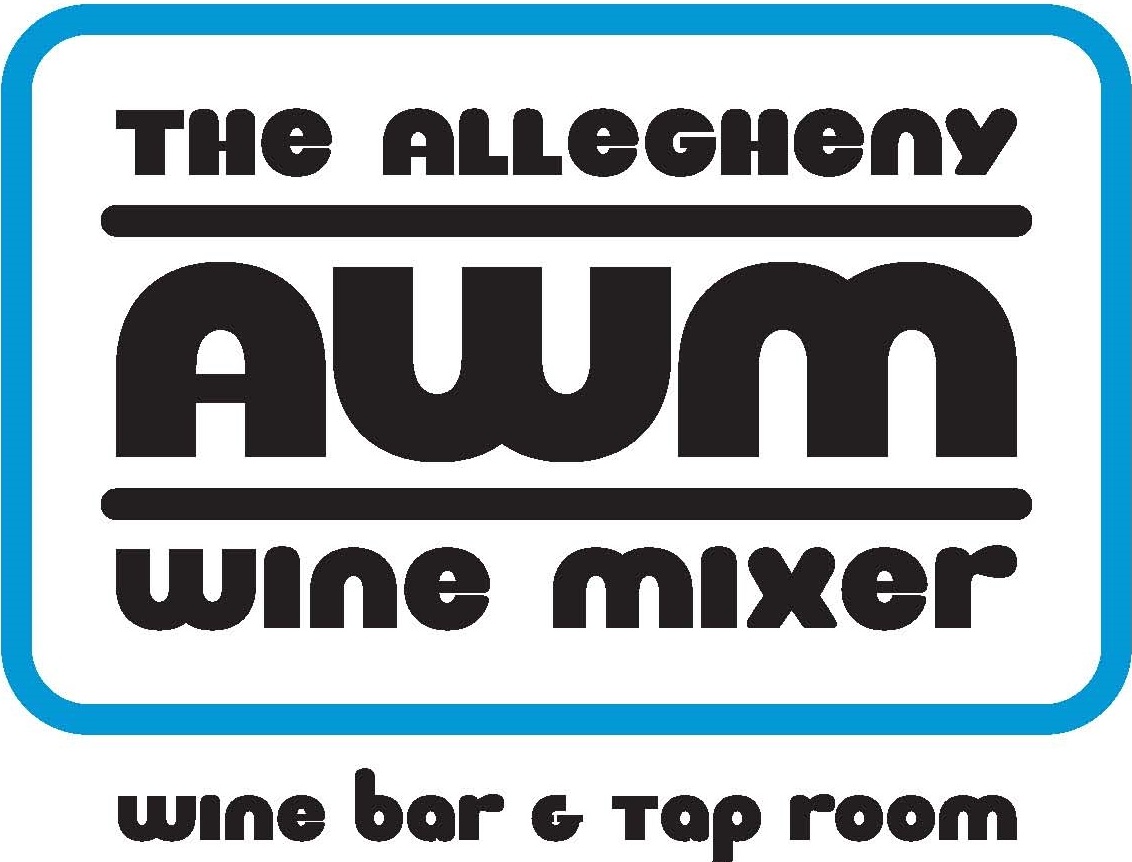And then one afternoon in February, the lake began to freeze.
This may not sound like such an unusual circumstance, especially in 2015, when February made history as the single coldest month on record for much of the Northeast. But when the lake in question is nearly 650’ deep — and moreover, whose inclination to not freeze in winter is the only thing that allows a fine wine industry to flourish along its shores — a freeze is a dire and unwelcome nail-biter.
Seneca Lake freezing over, February 2015. Photo courtesy of Lou Damiani.
In fact, a Seneca Lake freeze-up hadn’t happened since 1912. The Finger Lakes wine industry was booming then, too, with world-famous méthode champenoise sparklers made from winter-hardy native cultivars like Catawba and Delaware. Prohibition would soon put an end to that. It would be another 50 years or more before visionaries like Konstantin Frank and Hermann Wiemer figured out how the Finger Lakes’ unique thermal effects might provide winter protection for higher-quality but tender vitis vinifera vines.
Riesling at Bloomer Creek, September 2015.
This isn’t Chile or Sonoma, where weather conditions are as reliable as death and taxes. And the Lakes’ insulating halo only stretches so far — go a mile or two inland and the winters are as brutal as anywhere else in the North Country. But with careful site selection and smart vineyard management, amazing things can happen in the shale and limestone soils that hug the shoreline: Rieslings with a focus and minerality not easy to find outside of Germany or Austria. Gewürztraminer with finesse instead of flab. Some of the best sparkling wines in the United States. And along Seneca’s famed “Banana Belt” — a twelve-mile stretch along the eastern shore between Burdett and Lamoureaux Landing that absorbs enough reflected sunlight from the lake to extend the growing season into October or even early November — sleek, chiseled reds in the hands of dedicated winemakers have started to come into their own: Cab Franc and Pinot Noir at first, but also Merlot, Cab Sauv and Syrah.
By no stretch of the imagination are these stereotypical New World fruit bombs, and they’re bound to disappoint those who would expect them. They show vintage and site variation like no other North American region. (A tasting of single vineyard Rieslings in any number of Finger Lakes tasting rooms is a genuinely instructive experience.) For those who buy into the concept of terroir — and who doesn’t, at some level? — the Finger Lakes fairly burst at the seams with it.
All that flies out the window, however, if the lake freezes. The growers are perhaps most keenly aware of that risk, and so hedge their bets: for all the accolades and burgeoning hype, 85% of the acreage currently under vine in the AVA is still planted with native labrusca grapes and French-American hybrids. Some high profile investment may nudge that number downward in the coming years, but there’s a finite amount of land that falls under the lake effect bubble, where vinifera vines stand a fighting chance of surviving the winter.
The February 2015 freeze was mercifully brief. A thin crust formed that spanned the lake from east to west, but after a few hours a breeze kicked up and open water was soon rippling again over Seneca’s deepest channels. It was the second consecutive harsh winter, and this year's yields are predictably down despite an ideal back half of the growing season. Farmers and winemakers alike are anxious about rumors of a milder, wetter winter in 2016, fueled by El Niño. And let's hope they have it. The vines, and the people who rely upon them, could use a break.










